
Photo Credit
Pixabay
Subhead
10 tips for choosing the right greenhouse structure
More Like This
HaHAAA!!! I don't want a greenhouse, I want the Conservatory of Longwood Gardens in PA! I am still envious of those cats who live there! But we are stuck with a cold frame. Still, it does it's job. Grateful for that.
I really like the idea of the portable garage converted into a greenhouse - seems like it might be more sturdy than what you could buy otherwise. Thanks for a really great article!
Two years ago we converted a one car garage into a greenhouse. BEST MOVE WE MADE! I grow all year long. Water and heat/cool systems are in place but took experimentation to get it just right. Here we are in March, and the greenhouse is producing broccoli, Swiss chard, lettuce, green onions, peas, cilantro and spinach to name a few cold hardy plants. We also have a Meyer lemon tree(dwarf) and a Clementine Mandarin dwarf tree plus two blueberry bushes inside the greenhouse. All in containers. In early May, summer plants will replace the cold weather plants. We have year-long fruit and veggies! Greenhouse is HIGHLY recommended!!!
we have 3 small portable green houses that live on our deck. (basically metal shelves covered in plastic). They worked great for about 3 years, but the plastic has deteriorated, the zippers failed. We have been unable to locate new covers for sale, and are now using old clear shower curtains with DUC tape. Any Ideas??? What is green house plastic?
I was able to find replacement plastic covers with zippered doors for my greenhouse at a reasonable price on EBay Just search for Replacement Greenhouse Plastic Covers. I didn’t care if the replacements were made by the same company as my greenhouse was. I just did a quick measure of the frame & as long as the sizes matched, they fit & worked liked a charm!

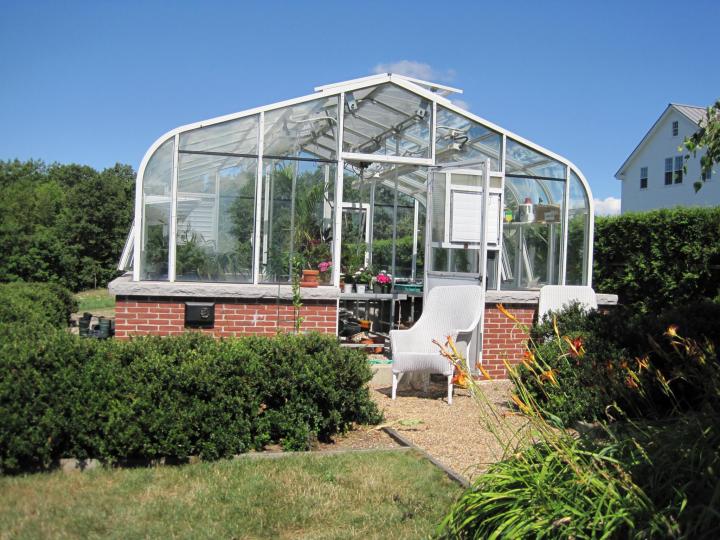
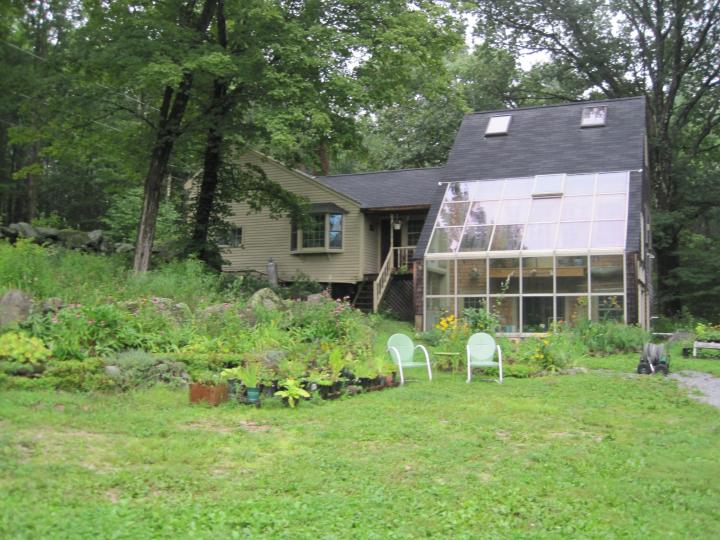
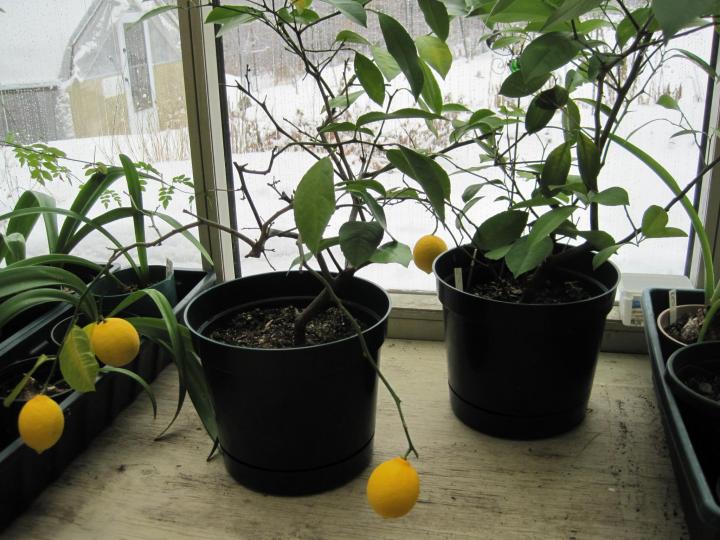
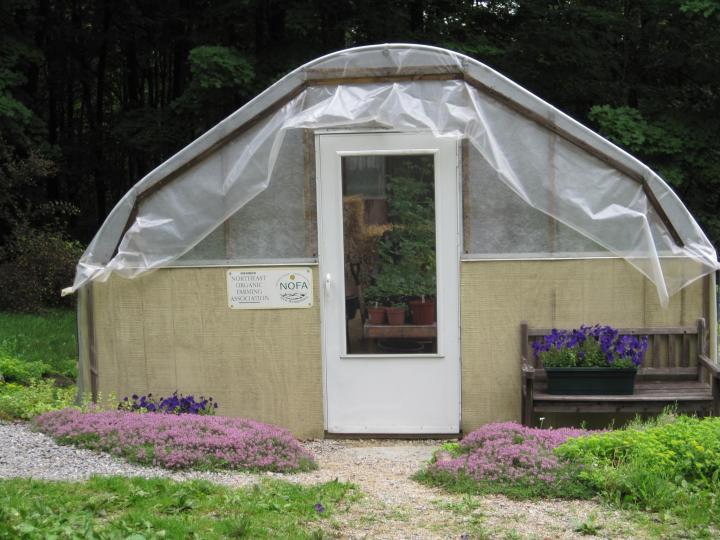
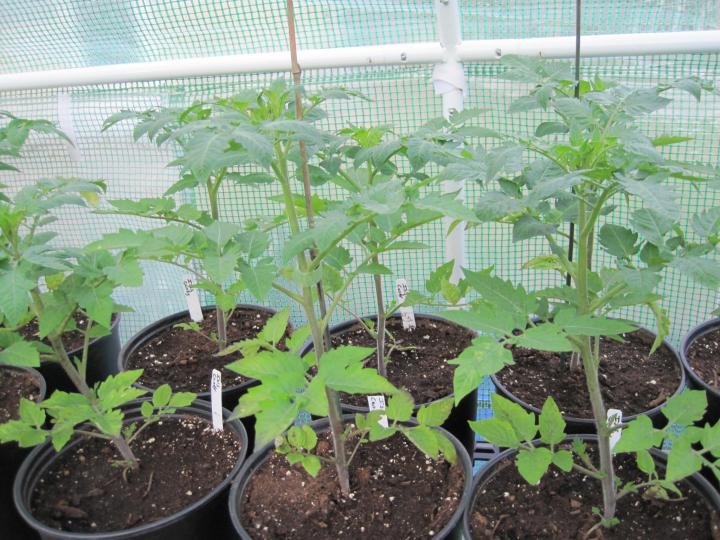

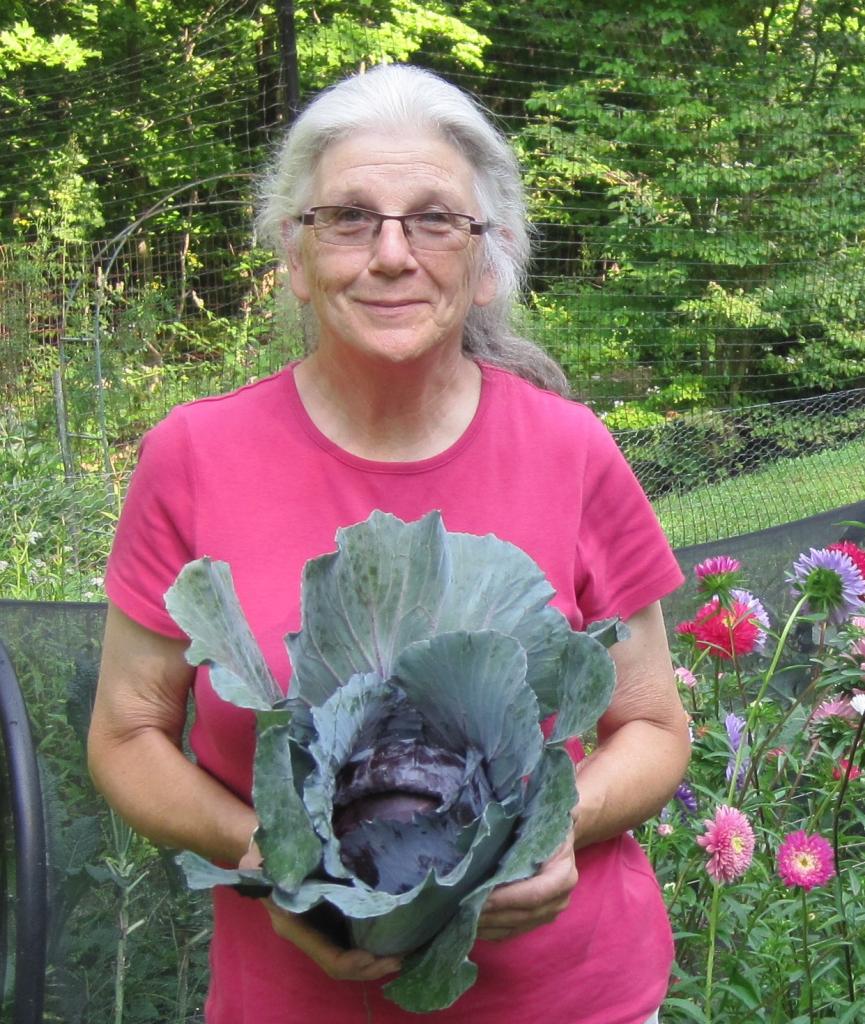




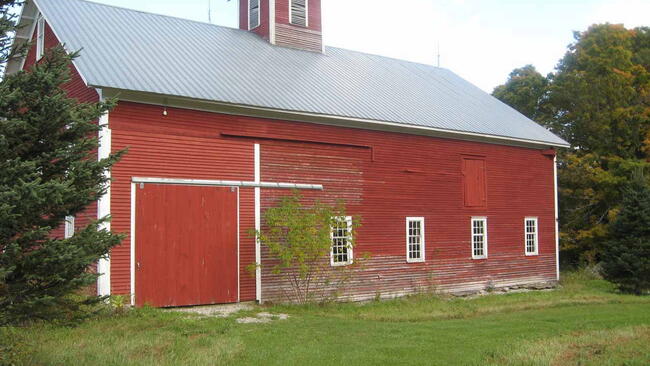


Comments